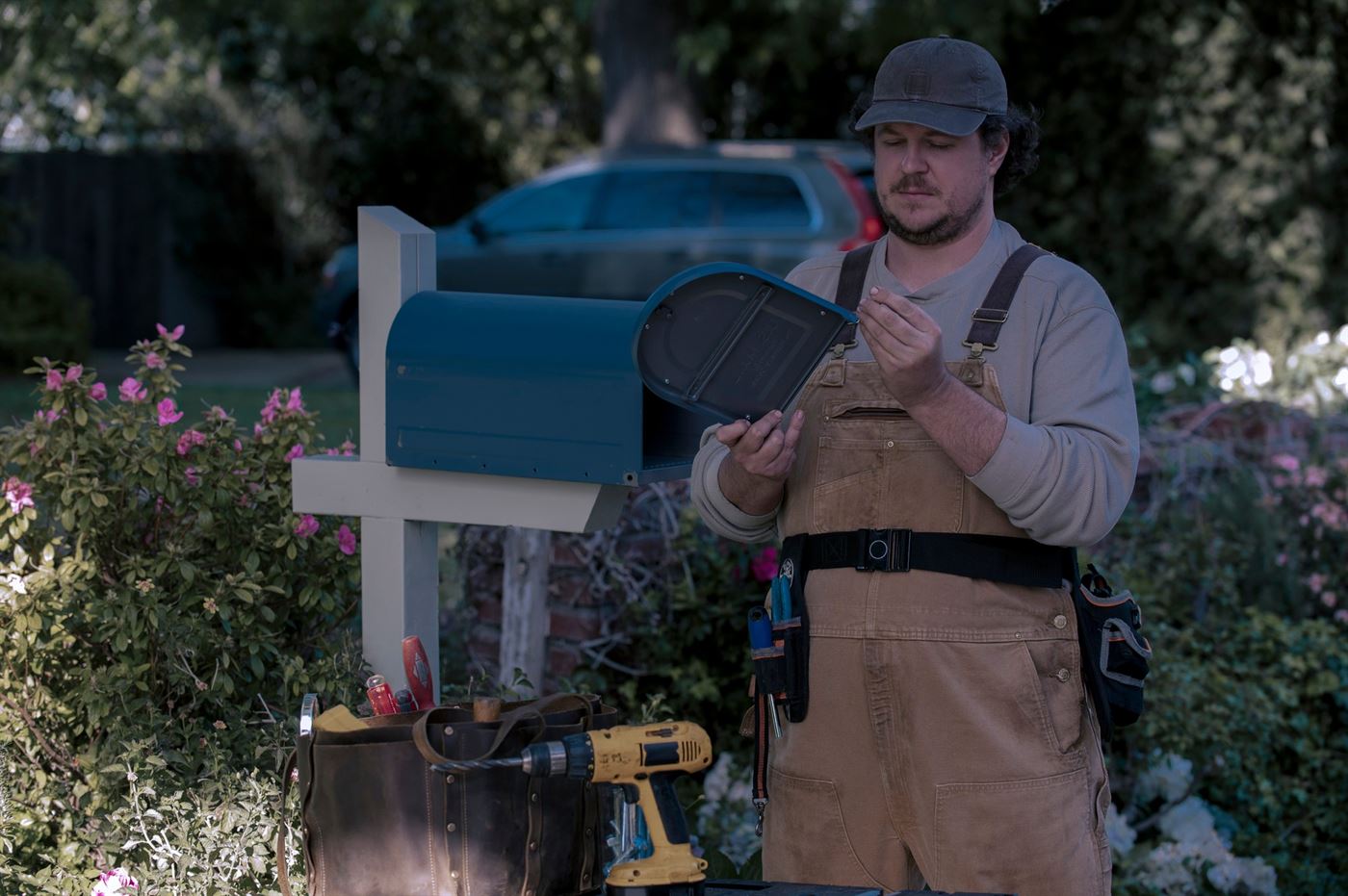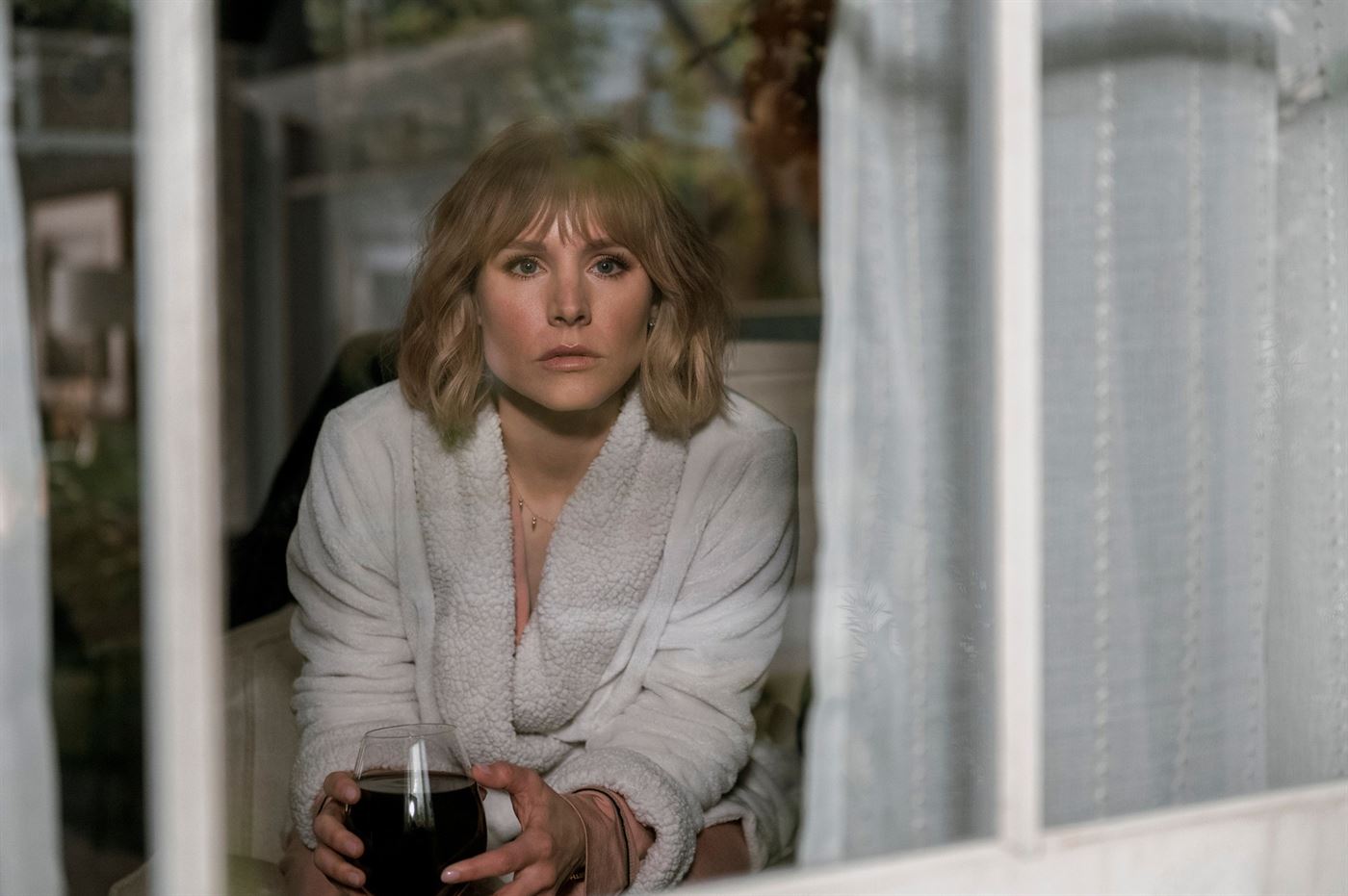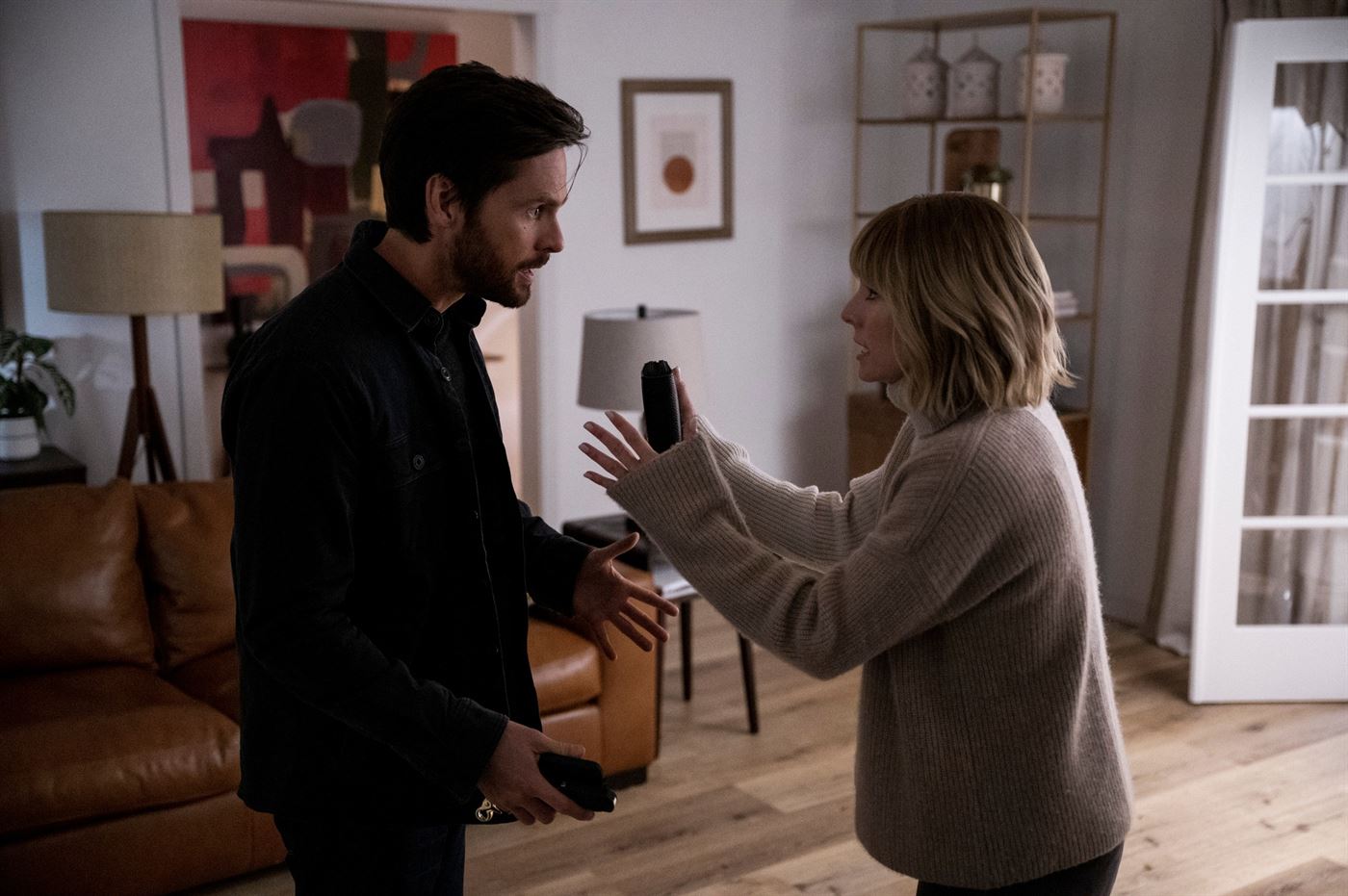In the past, Netflix has gracefully delivered nail-biting shows to fans of mystery and psychological thrillers. This time, we received an entertaining parody and darkly humored mini-series with a ridiculously long title.
In “The Woman in the House Across the Street from the Girl in the Window,” Kristen Bell stars as Anna, a mourning, depressed woman dealing with a drinking problem: a satire to the melodramatic protagonists in most psychological thriller films released in past years.
Right off the bat, we learn of Anna’s sob story, oddly intended for viewers to pity a divorcee mixing prescription drugs with alcohol. Her daily routine could make one wonder what she truly does for a living to afford such leisure time. Technically, that detail is never explained.
Bell does a great job delivering this character, making the audience feel close and connected to the story. The emotional numbness she portrays through Anna’s routine lifestyle may be a relatable aspect to some.
In fact, throughout the first episode, each character seems to be concerned about Anna, from the annoying neighbor Carol, played by Brenda Koo, to her best friend Sloane, played by Mary Holland.
Later, an apparently single yet handsome father moves in across the street from Anna. Neil, played by Tom Riley, and his daughter Emma, played by Samsara Yett, happen to be the out-of-the-ordinary element that spins Anna’s life around, as she begins to fantasize about recreating her past.
The dynamic between the three characters seems to work in her favor until the appearance of Lisa, Neil’s flight attendant girlfriend played by Shelley Hennig. She is presented as some sort of villain, foreshadowing the leading plot of the story. However, it was a cliché move to present her as a model-looking character to demonize her relationship with Neil right away.
As the story progresses, Anna believes she has witnessed a murder but is it real or just another alcohol-induced hallucination? No one believes her. The police dismiss her call, leaving her with no other option but to go on a quest to find the truth.
Although Anna does a decent job at being a detective, she gets herself into some trouble. However, the situation unfolds in a satirical light, which keeps the viewer engaged throughout.
The plot is loaded with unexpected twists and tons of incriminating details that make the viewer doubt every single character. The flow of certain scenes and the facts about the characters are often thrown around to maintain suspense, but that can also be infuriating.

Buell, Anna’s repairman and gardener, played by Cameron Britton, takes on the task of fixing the mailbox.
Photo courtesy of Netflix
Some details worth mentioning are the main character’s emotions and reactions toward others. For some reason, these tend to lean on the extreme side of things. They are definitely there to work as hyperboles to convey the parodical interpretation of this show. It is meant to ridicule, and it most certainly serves its purpose.
Some faults found in this mini-series are the abrupt changes, the rush for character development and the little time from when the audience is dragged from one subplot to another within the same episode.
In truth, there is little room to breathe and assimilate the characters’ responses and plans, which can make the storyline appear superficial and dull in certain cuts. The last couple of episodes are crammed together with a lot going on, almost as if the creators were running out of time.
Overall, this eight-episode series will make you Anna’s friend, her enemy, her psychiatrist, a detective and a victim to one of the most unanticipated developments since “Memento” by Christopher Nolan.






